Who is Chair yoga for?
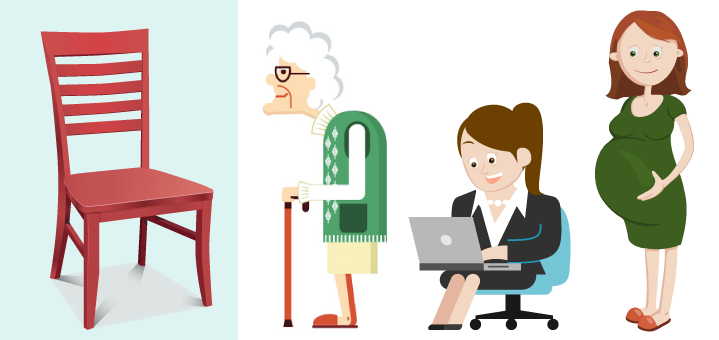
“Let’s use a chair,” – I suggested to one of my students a few years ago. “I don’t need a chair, – she replied – I am not elderly.” This response reflects a common notion among students that if you use a chair, it means that you’re incapable in some way or just old. This notion is supported by the fact that when Chair yoga is listed on the class schedule, it is usually geared toward older students.
The reality is that a chair can be a very useful prop for students of any age or physical capacity, so today, let’s take a look at different groups of people who can benefit from chair yoga.
Older adults
This one seems like a no-brainer. But the interesting thing is that age is really not much of a factor. I’ve worked with students who are 70 – 80 years old and who did not need a chair and students 50-60 years old who relied on it extensively. So ultimately this is not about age, it’s about student’s physical ability.
Then is chair yoga meant for older students who cannot do many classical yoga postures? Maybe, but most yoga poses can be adapted to the student’s current physical situation without the chair.
You might say that chair yoga is useful for older adults who have limited mobility and trouble transitioning down to the ground. This makes sense. However, there is one major point that we need to remember – older adults NEED to practice transitioning down to the ground and up again. Falls are common in the older population, and if the fall happens when no one is around, it is essential for the student to be able to get up. When else are they going to practice this skill if not in a yoga class?
Chair yoga can also be a non-threatening entry point for beginning older students who are intimidated by the images of bendy yogis in magazines. The promise of “you can do yoga right where you sit!” appeals to many students and can be a great starting point. However, we are all aware that sitting is the new smoking, and physical activity is essential for our physical and mental health, so chair yoga is not a substitute for moving around.
Chair yoga can be a useful tool for older students for physical and mental support, yet we don’t want it to become a crutch for both students and their teachers. If possible, we want to encourage our older students who do not have severe physical limitations to move around, to transition up and down from the ground, and to experience other yoga poses not limited to a chair when it is appropriate.
Students of any age with knee, ankle, wrist, etc. issues
When the student has some sort of physical ailment that makes it difficult to be on the hands and knees, support his/her body weight while standing, or transition down to the ground, the chair can be a useful tool to provide stability and support for the vulnerable areas. In situations like this, we usually don’t need to rely on the chair in every pose, so it’s essential for the teacher to suggest a chair as an option. It is usually best to have chairs available for everyone and give those recommendations to the entire class rather than single one student out. For example, “If you’re concerned about your knees, please do your Utkatasana in a chair,” or better yet, “Let’s all try Utkatasana in a chair and see how it feels. Now, if you want to take it one step further, try it without the chair. Make sure that it doesn’t bother your knees. If it does – stop.” This kind of approach also reflects a progression – physical limitations like these are usually temporary (not always) and benefit from strengthening the muscles that support the joint. We want to accommodate the student with a chair first and then gradually wean them off the chair so that they’re able to support and carry their own body weight without strain in daily life.
Pregnant women
The pregnancy experience is different for every woman; I’ve seen women doing headstands at eight months pregnant and women unable to drag themselves out of bed at three months. So chair yoga can be a good compromise for those who are too tired to even imagine a full yoga practice or for women further along the pregnancy who can no longer lie on their stomachs or backs. The strength of the practice will depend entirely on the woman’s energy level and her perceived capacity on any given day. For pregnant women, chair can be a useful tool for both sitting on and holding on to.
Situational students 
Often, a choice for chair yoga is completely situational when there is no other place to practice, or it isn’t appropriate. Office workers are an obvious example, but you can also be on a plane, on a long bus ride, at a rest stop, in a tiny hotel room, or at a park watching your kid play. For example, my son goes to swimming and karate, so while I wait for him, I could either stare at my phone or do some simple movement. I usually prefer the latter. In cases like that, chair yoga is more of a necessity than a preference, but we can still do a lot with it. The choice of movement here will depend on the location, available space, presence of other people, and so on. Unfortunately, some students can take it way too far, like a woman in a video I’ve seen who attempted a headstand in her seat on the plane. I would strongly advise you against that. You could end up harming yourself or those around you, and it is simply not appropriate for the situation.
Anybody anytime
The chair is a prop, just like a yoga block or a blanket and it can be used by anybody anytime.

For example, we can do Utkatasana in the chair to isolate the movement of the upper body;
![]()

Or we can do a simple twist with a foot on the chair to achieve better positioning for spinal rotation, stretch the hip, and challenge the balance;
![]()

Or we can rest with both feet up in the chair to help relax the hip flexors and lower back.
In those situations, the choice of chair pose will depend on the teacher’s intention and can help us get the most out of the pose. Anybody can use a chair in their yoga practice; we just need to be conscious of why we are choosing it and what it is that we are trying to accomplish. We also need to make sure that it supports the student when it’s needed and then helps the student evolve rather than stall their progress.
Below are two simple examples of situational chair practices that are meant to be done wen you are traveling on a plane.
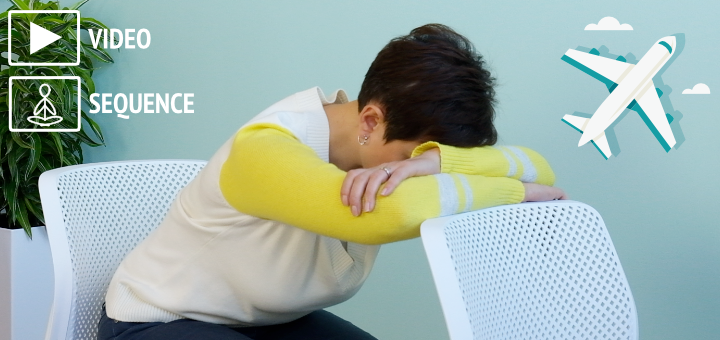
Here are two examples of short practices that you can do on your flight. The first one moves the entire body, helping to lubricate your joints and loosen up your muscles. The second one consists of two parts: part one focuses on the neck, and part two deals with the hips.

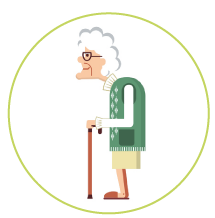
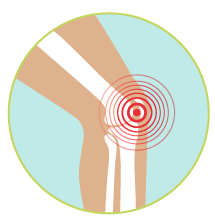

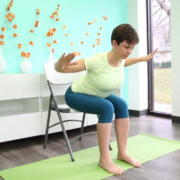
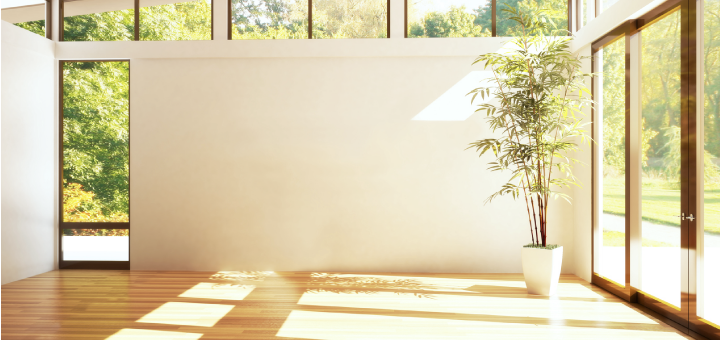
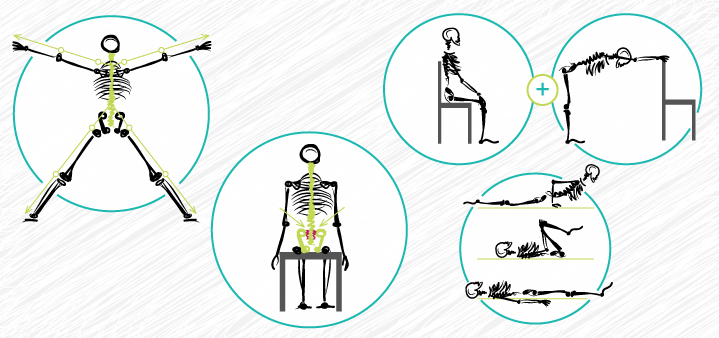
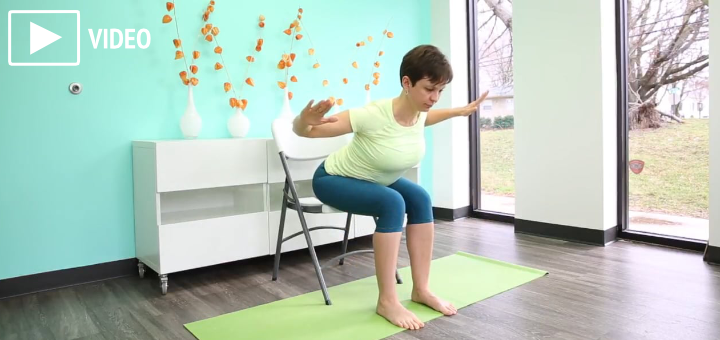

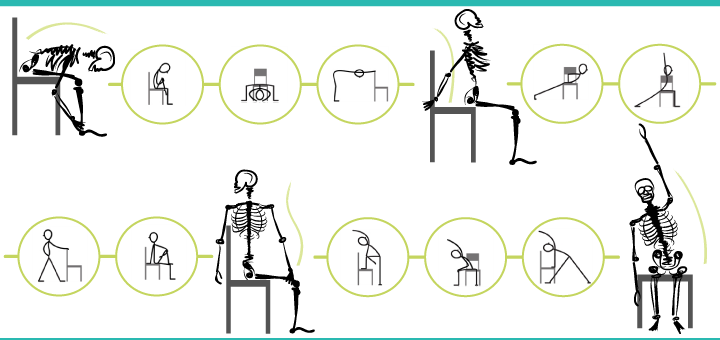
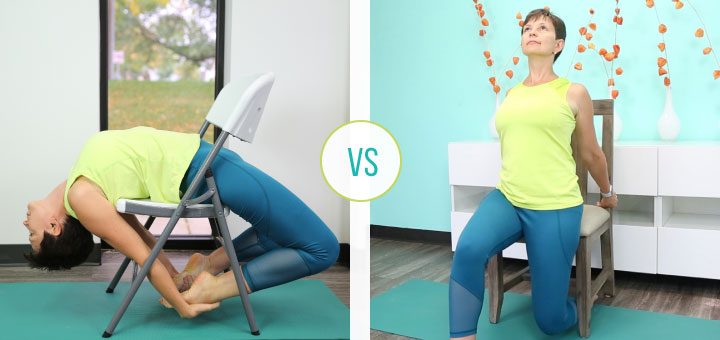
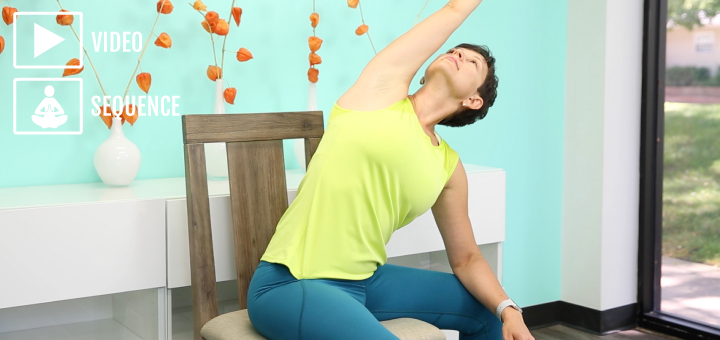
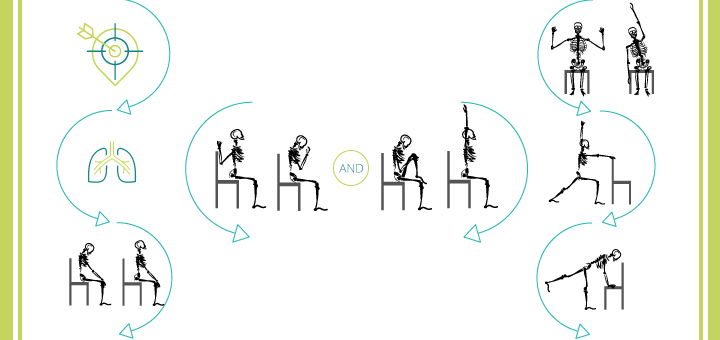
Love
The info, this article confirmed a lot of how I teach Chairyoga already. Thank you.
Can’t wait for next week
Thank you, Olga. I teach Chair Yoga/Mat as well as other styles, and your article is spot on. My classes are typically very mixed…knee replacements, a wheelchair student, two polio victims, hip replacement, a 30-year old with RA, a gentleman who suffers from migraines, an 85 year-old who “doesn’t like the floor,” and a woman who has osteoarthritis in fingers and wrists, among others. Some “graduate” to the mat; others stay with a chair. But we all do centering, warmups, basic poses (chair, standing, and optional mat), cool down, pranayama and meditation, and savasana (either mat or chair). Chair yoga is not passive stretching–it’s challenging, strengthening, spiritual, and fun!
Thank you Janis – excellent points!
Well it is interesting that you started with older people and then continued to students of any age with issues an dthen situational. Why not start with all kinds of needs? Also you state that older adults need chair yoga because older people fall and it is important that they can get up off the floor if alone. I am curious how does chair yoga provide this skill?
Hi Cathy, thank you for reading! I started with older students because they are the most obvious and expected candidates for chair yoga. And this was exactly my point – we cannot limit even our older students to chair yoga since the skill of transitioning down to the ground is an important one, so we can practice it in a yoga class, with or without the chair. Of course, there will be situations when chair is the only option, and that’s OK, too.
Thanks always wonderful information
thank you very much, your information is always very useful
Thank you Gabriela!